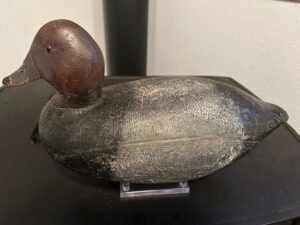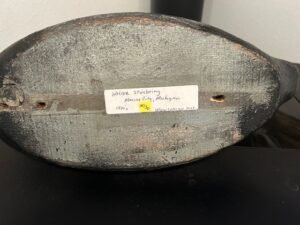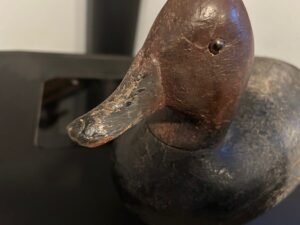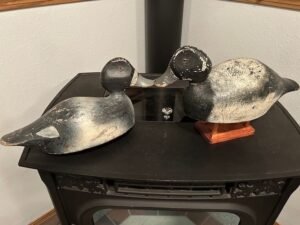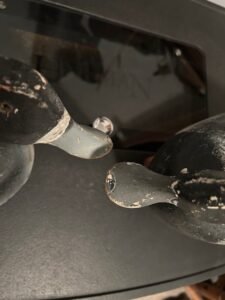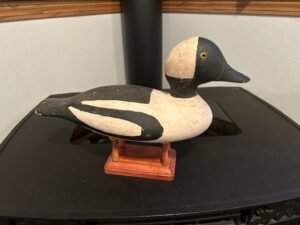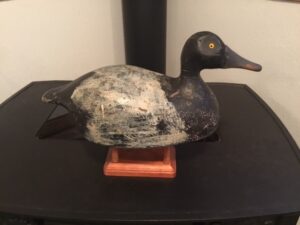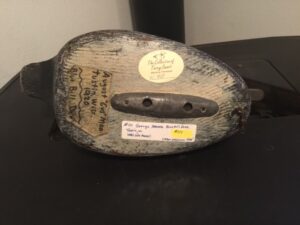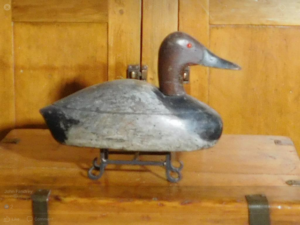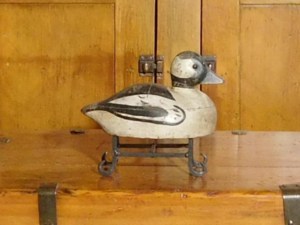A Decoy Corner Article
By Bruce Urben, WWA President
All photos courtesy of the author from his private collection
For the last seven years I have been writing about the great decoy carvers of yesteryear along with a few up and coming contemporary carvers. My focus has been on Wisconsin carvers in general, as well as several “factory” decoys and a few carving legends outside of our grand state.
This month one of those legends from our neighboring Wolverine State of Michigan is my focus. This carver was instrumental in leading the way in style and design for many other carvers in the State of Michigan!
Walter M. Struebing was born on September 25th, 1897, just north of Marine City Michigan near the St. Clair River. This man proved to have a strong influence on decoy design over a wide area… including Wisconsin.
Walter was a hunter since he was 12 years old and a professional waterfowl guide for most of his life. He knew the water he hunted and he knew ducks! Walter’s water was where the St. Claire River connects Lake Huron and Lake St. Clair. This is where the river fans out through thousands of acres of marshland and has deep and swift moving water in the channels. It took a special decoy design to meet these hunting challenges. Walter’s design included a long wooden keel and a swing weight to stabilize the decoy in moving water.
Struebing’s decoys are large and sturdy, but yet show careful attention to both carving and painting. He carved mainly Canvasback and Redhead decoys along with some Goldeneyes and Buffleheads. His head carving shows excellent character, with fine detail carving on the bill. Walter’s painting patterns are bold and effective, with an unusually heavy-combed texture on the body. While very few, if any, of his decoys are signed or stamped, you cannot mistake the thick, heavy combed paint patterns on the decoy as Struebing’s signature. Walter turned out over 5,000 hand-carved decoys in his lifetime, many of which are still being used today!
When Walter began carving in the early 1900’s he didn’t know Ben Schmidt or Tom Schroeder or others from Michigan decoy carving fame. What he did know was the special design and style of his own that was able to attract and deceive migrating waterfowl.
Like many decoy carvers of note, Walter is gone now, having passed away in June of 1967 at 70 years of age.
Struebing decoys are in high demand by collectors in Wisconsin and Michigan. Many are valued in the $500-$600 range if you find them and are able to pry them out of duck hunters’ hands as many are still are on the job. A Struebing decoy is a classic decoy that will grace any mantel and be a fine addition to any collection;
Walter M. Struebing – Marine City, Michigan, master decoy maker and waterfowler extraordinaire.

